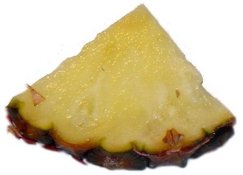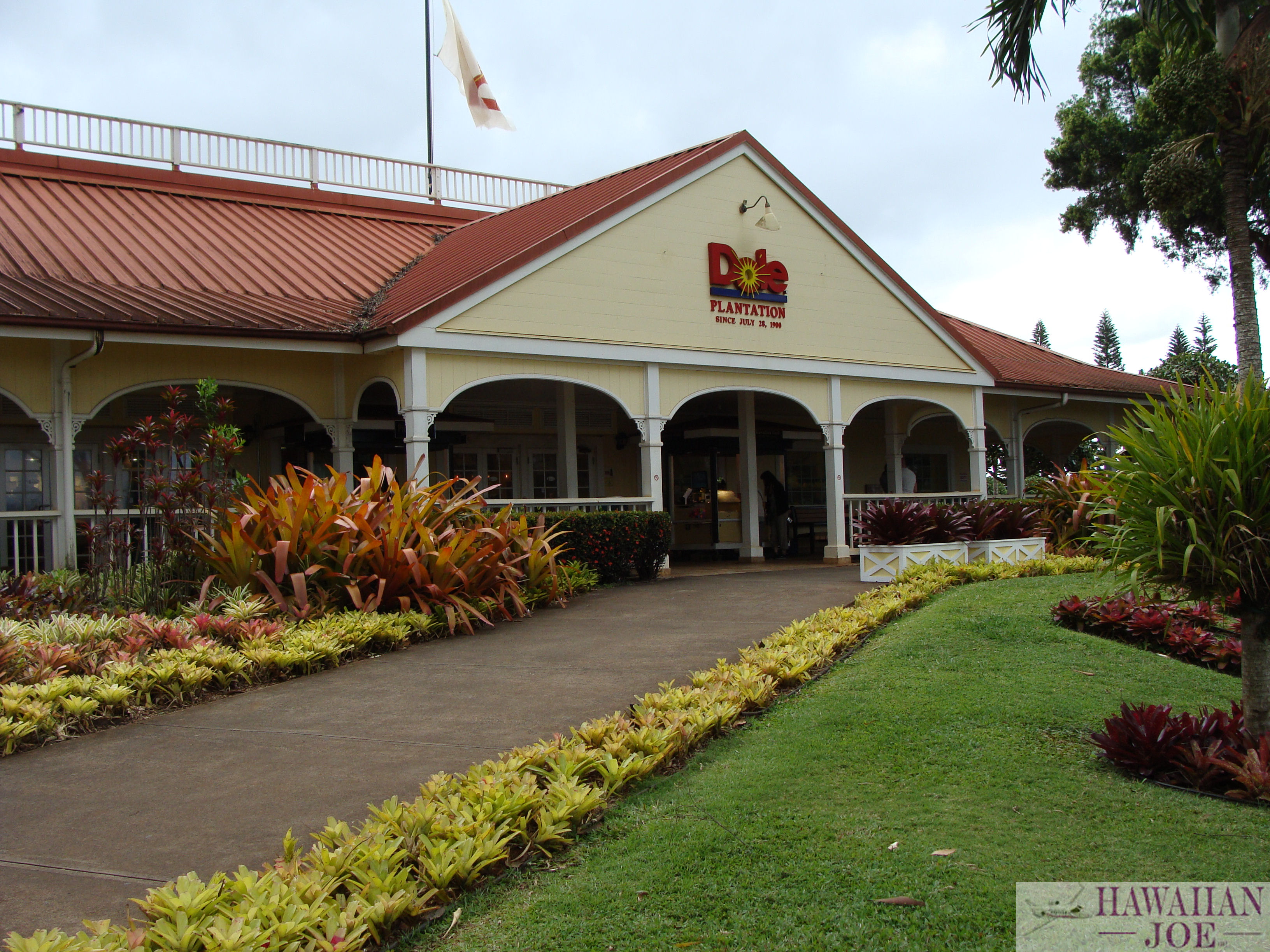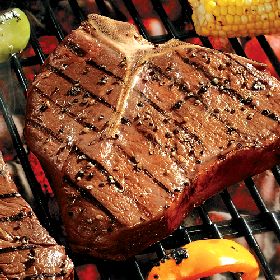|
|
Fresh Hawaiian Pineapple
| |
 |
|
| |
Affiliate Sales: Sale Our
Pineapples And Earn Cash: |
|
| |
If you're interested in marketing our Pineapple's on your website you may do so by
clicking here. |
|
| |
 |
|
| |
The Flavor
of Fresh Sweet Hawaiian Pineapple
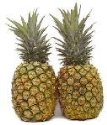
Share Hawaiian heritage and culture with family and friends by giving a taste of Hawai'i from
HAWAIIAN JOE.
HAWAIIAN JOE's selected fruits are grown in rich volcanic soil with warm tropical rainfall, and
sealed with a kiss of Hawaiian sunshine for the best Hawai'i has to offer.
Our pineapples are grown on the island and we will ship it to you freshly
harvested, juicy and delicious which is the premier food product sold in our
online store.
HAWAIIAN JOE's Healthy Foods and Recipes section on
www.HawaiianJoeFood.com provides valuable information on the nutritional content of
HAWAIIN JOE products, helpful tips for their selection and storage, and healthy, mouthwatering recipes
- as well as nutritional information.
|
|
| |
 |
|
| |
Dietary Affects of
Hawaiian Pineapple: |
|
| |
Pineapple contains a
proteolytic
enzyme
bromelain, which digests food by breaking down protein.
As a result, pineapple nectar can be used as a marinade and
tenderizer for meat.
The enzymes in pineapples can interfere with the preparation
of some foods, such as
jelly or other
gelatin-based desserts. These enzymes can be hazardous to
someone suffering from certain protein deficiencies or
disorders, such as
Ehlers-Danlos syndrome.
There is significant evidence pointing to the
anti-inflammatory benefits of bromelain and as a result is cited
as being a good source for Arthritis.
Consumers of pineapple have claimed that pineapple has
benefits for some intestinal disorders; others (folklore) claim
that it helps to
induce
childbirth when a baby is overdue.>
Pineapple is a good source of
manganese (91 % Daily Value in a 1 cup serving), as well as containing
significant amounts of
Vitamin C (94 % Daily Value in a 1 cup serving) and
Vitamin B1 (8 % Daily Value in a 1 cup serving). |
|
| |
 |
|
| |
Cultivation
History: |
|
| |
The pineapple spread from its original area
(central South America) through cultivation, and
by the time of
Christopher Columbus (1492) it grew
throughout South and Central America, southern
Mexico and the Caribbean (West
Indies). Columbus may have taken a sample
back to Europe. The Spanish introduced it into
the
Philippines,
Hawai'i (introduced in the early 19th
century, first commercial plantation 1886) and
Guam. The fruit was successfully cultivated
in European
hothouses, and
pineapple pits, beginning in 1720. Commonly
grown cultivars include 'Red Spanish', 'Hilo',
'Smooth Cayenne', 'St. Michael', 'Kona
Sugarloaf', 'Natal Queen', and 'Pernambuco'.
Pineapple cultivation by
US companies began in the early 1900s on
Hawaii.
Dole and
Del Monte began growing pineapple on the
island of
O'ahu in 1901 and 1917, respectively.
Maui Pineapple Company began pineapple
cultivation on the island of
Maui in 1909. In 2006, Del Monte announced
its withdrawal from pineapple cultivation in
Hawaii, leaving only Dole and Maui Pineapple
Company in Hawaii as the USA’s largest growers
of pineapples. Maui Pineapple Company markets
its Maui Gold® brand of pineapple and Dole
markets its Hawaii Gold® brand of pineapple.
In the USA in 1986, the Pineapple Research
Institute was dissolved and its assets were
divided between Del Monte and
Maui Land and Pineapple. Del Monte took
73-114, which it dubbed MD-2, to its plantations
in Costa Rica, found it to be well-suited to
growing there, and launched it publicly in 1996.
(Del Monte also began marketing 73-50, dubbed
CO-2, as Del Monte Gold). In 1997, Del Monte
began marketing its Gold Extra Sweet pineapple,
known internally as MD-2. MD-2 is a hybrid that
originated in the breeding program of the
now-defunct Pineapple Research Institute in
Hawaii, which conducted research on behalf of
Del Monte,
Maui Land & Pineapple Company, and Dole.
Southeast Asia dominates world production: in
2001
Thailand produced 1.979 million tons, the
Philippines 1.618 million tons while in the
Americas,
Brazil 1.43 million tons. Total world
production in 2001 was 14.220 million tons. The
primary exporters of fresh pineapples in 2001
were
Costa Rica, 322,000 tons;
Côte d'Ivoire, 188,000 tons; and the
Philippines, 135,000 tons.
In commercial farming, flowering can be
artificially induced and the early harvesting of
the main fruit can encourage the development of
a second crop of smaller fruits. |
|
| |
 |
|
| |
Health Benefits Of Pineapple: |
|
| |
-
Anti-Inflammatory And Digestive Benefits:
Pineapples are
believed to be an eating cure for Arthritis. Scientists have long known that
some foods reduce inflammation. Others will make it worse. Bromelain (a complex mixture of substances found in the core of a pineapple) can be extracted from
the stem and core fruit of the pineapple.
Studies have shown that Bromelain has
a wide variety of health benefits, and that many of these benefits may
not be related to the different enzymes found in this extract. Excessive
inflammation, excessive coagulation of the blood, and certain types of
tumor growth may all be reduced by therapeutic doses of bromelain when
taken as a dietary supplement.
Bromelain extracts can be obtained from both the fruit core and stems
of pineapple. Potentially important chemical differences appear to exist
between extracts obtained from the stem versus the core fruit.
Healthcare practitioners have reported improved digestion in
their patients with an increase in pineapple consumption as a "fruit of
choice" with their meal plan.
- Pineapples Contain Antioxidant Protection And Provide Immune Support:
Vitamin C is the body's primary water-soluble antioxidant, defending all
watery areas of the body against free radicals that attack and damage
normal cells. Free radicals have been shown to promote the artery plaque
build-up of atherosclerosis and diabetic heart disease, cause the airway
spasm that leads to asthma attacks, damage the cells of the colon so
they become colon cancer cells, and contribute to the joint pain and
disability seen in osteoarthritis and rheumatoid arthritis. This would
explain why diets rich in vitamin C have been shown to be useful for
preventing or reducing the severity of all of these conditions. Recent
reports also suggest that Alzheimer's Disease may be linked to a form of
Diabetes of the brain. Vitamin C is vital for the proper function of the immune
system, making it a nutrient to turn to for the prevention of recurrent
infections and colds. It is also reported that Vitamin C will strength
Arterial walls.
- Manganese And Thiamin (Vitamin B1): Need Energy?
Pineapple's are an excellent source of the trace mineral manganese, which is an essential
cofactor in a number of enzymes important in energy production and
antioxidant defenses. For example, the key oxidative enzyme superoxide
dismutase, which disarms free radicals produced within the mitochondria
(the energy production factories within our cells), requires manganese.
Just one cup of fresh pineapple supplies 128.0% of the DV for this very
important trace mineral. In addition to manganese, pineapple is a good
source of thiamin, a B vitamin that acts as a cofactor in enzymatic
reactions central to energy production.
- Pineapple's Protect Against Macular Degeneration:
Your mother may have told you carrots would keep your eyes bright as a
child, but as an adult, it looks like fruit is even more important for
keeping your sight. While Vitamin A is still important, data reported in
a study published in the Archives of Ophthalmology indicates that
eating 3 or more servings of fruit per day may lower your risk of
age-related macular degeneration (ARMD), the primary cause of vision
loss in older adults, by 36%, compared to persons who consume less than
1.5 servings of fruit daily. In the study, it was shown that fruit
intake was definitely protective against the severe form of
vision-destroying disease. Three servings of fruit may sound like a lot
to eat each day, but pineapple can help you reach this goal. Add fresh
pineapple to your morning smoothie, lunch time yogurt, any fruit and
most vegetable salads.
|
|
| |
 |
|
| |
Tip to Improve the Taste
of our Sweet Hawaiian Pineapple: |
|
| |
|
|
| |
 |
|
| |
Start Enjoying The World's Greatest Tasting Pineapple's Now!
Their Nutrients Could Increase Your Overall Life Efficiency With Healthier Years To Enjoy! |
|
| |
- Hawaii's Pineapple's Are Excessively Sweet...
- Pineapple's Are Very Low In Saturated Fat...
- Pineapple's Are Very Low In Cholesterol...
- Pineapple's Are Very Low In Sodium...
- Pineapple's Are A Good Source Of Dietary Fiber...
- Pineapple's Are A Good Source Of Thiamin...
- Pineapple's Are A Good Source Of Vitamin B6...
- Pineapple's Are A Good Source Of Copper...
- Pineapple's Are Excellent Sources Of Vitamin C...
- An Excellent Source Of Manganese...
- The Bad Is The Calories That Comes From The Sugars Because They
Taste So Darn Good!
|
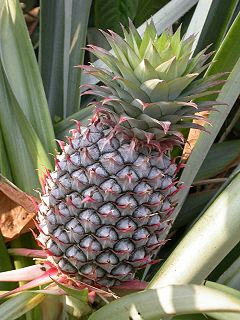 |
|
|
|
| |
 |
|
| |
|
|
| |
 |
|
| |
 |
|
|
| |
|
|
|

